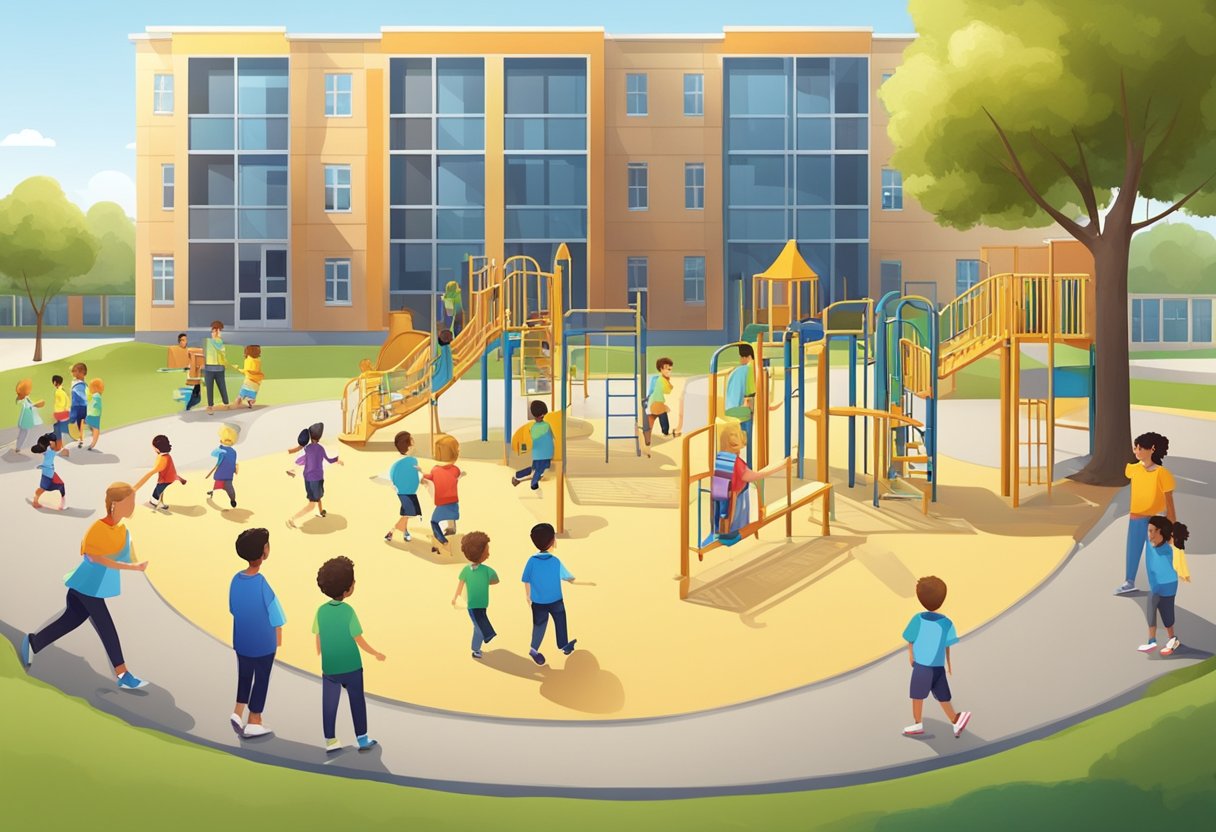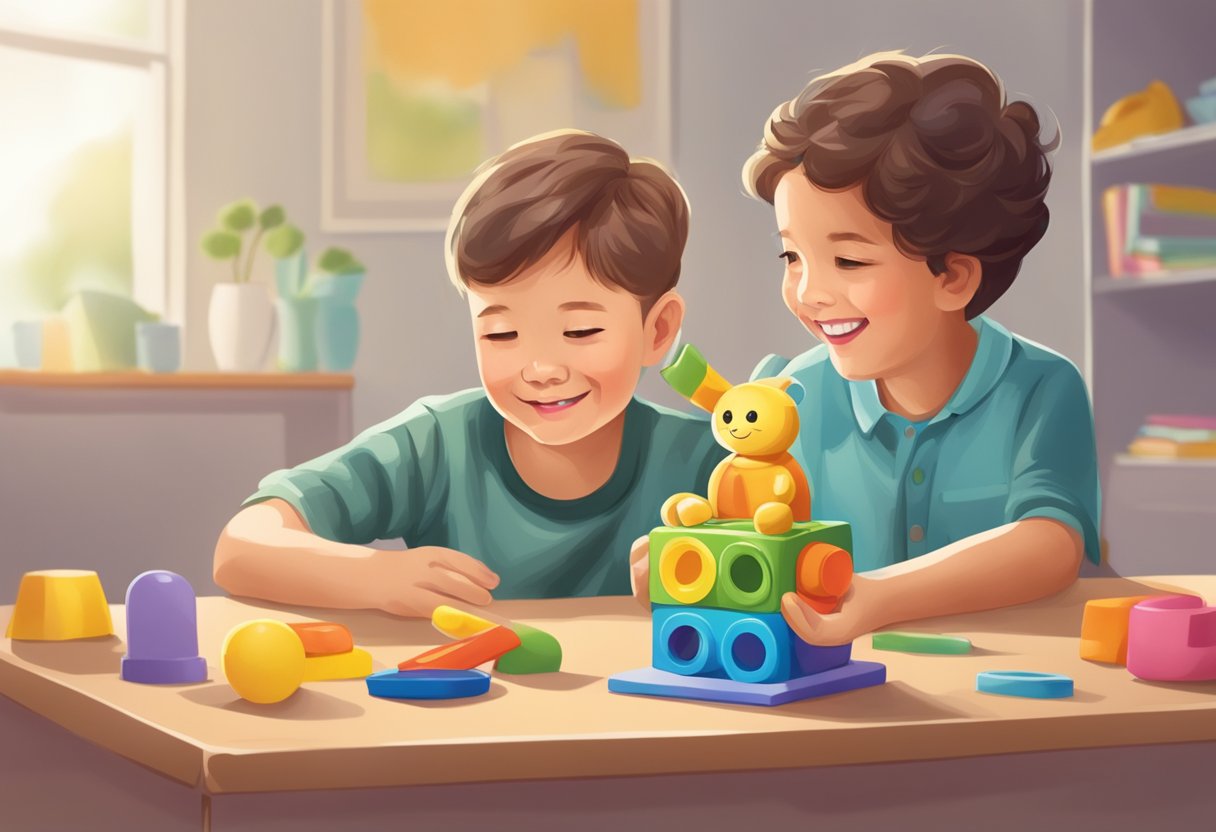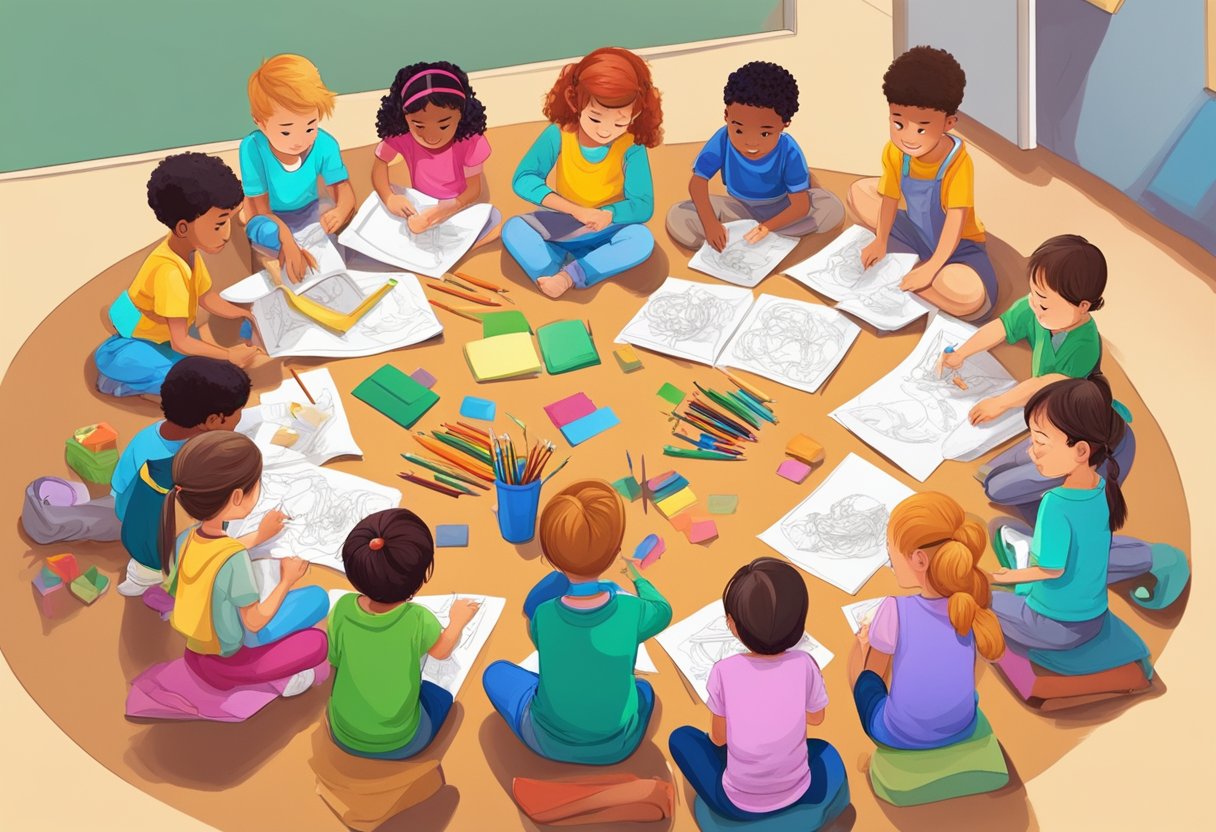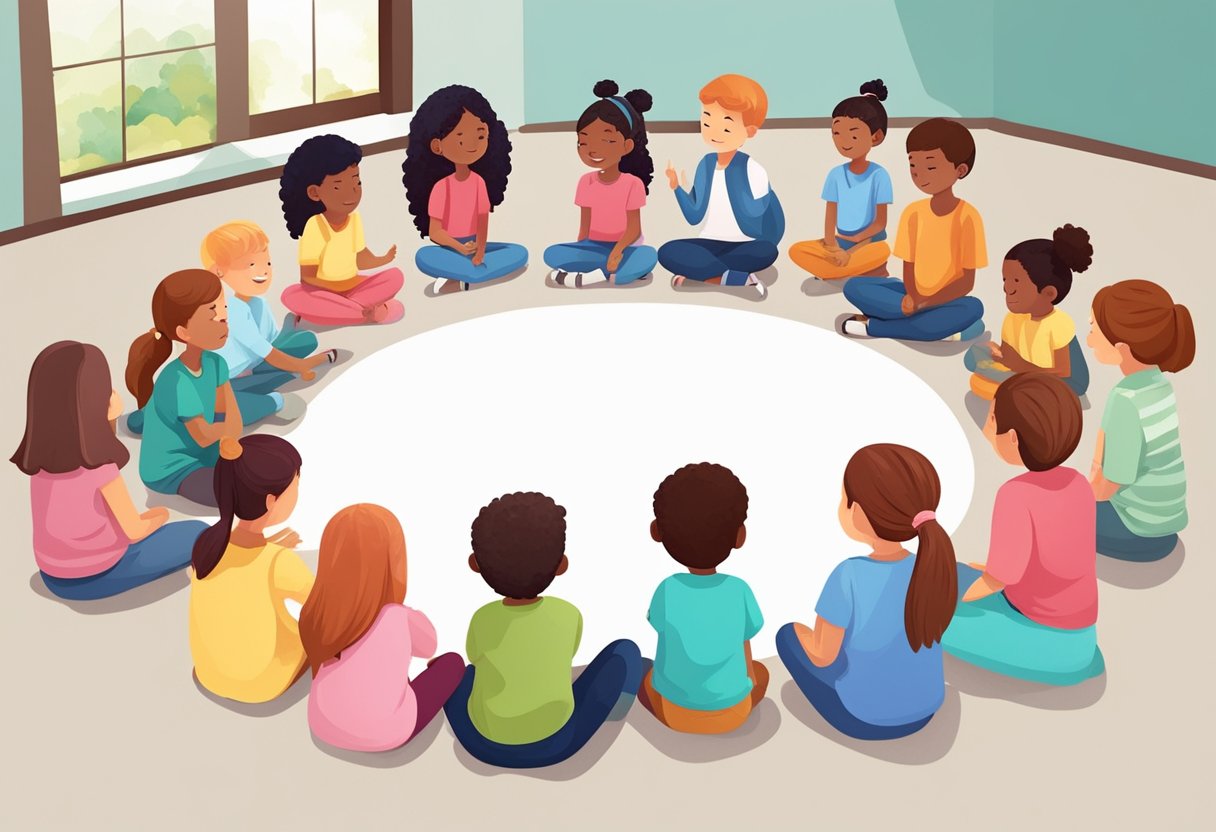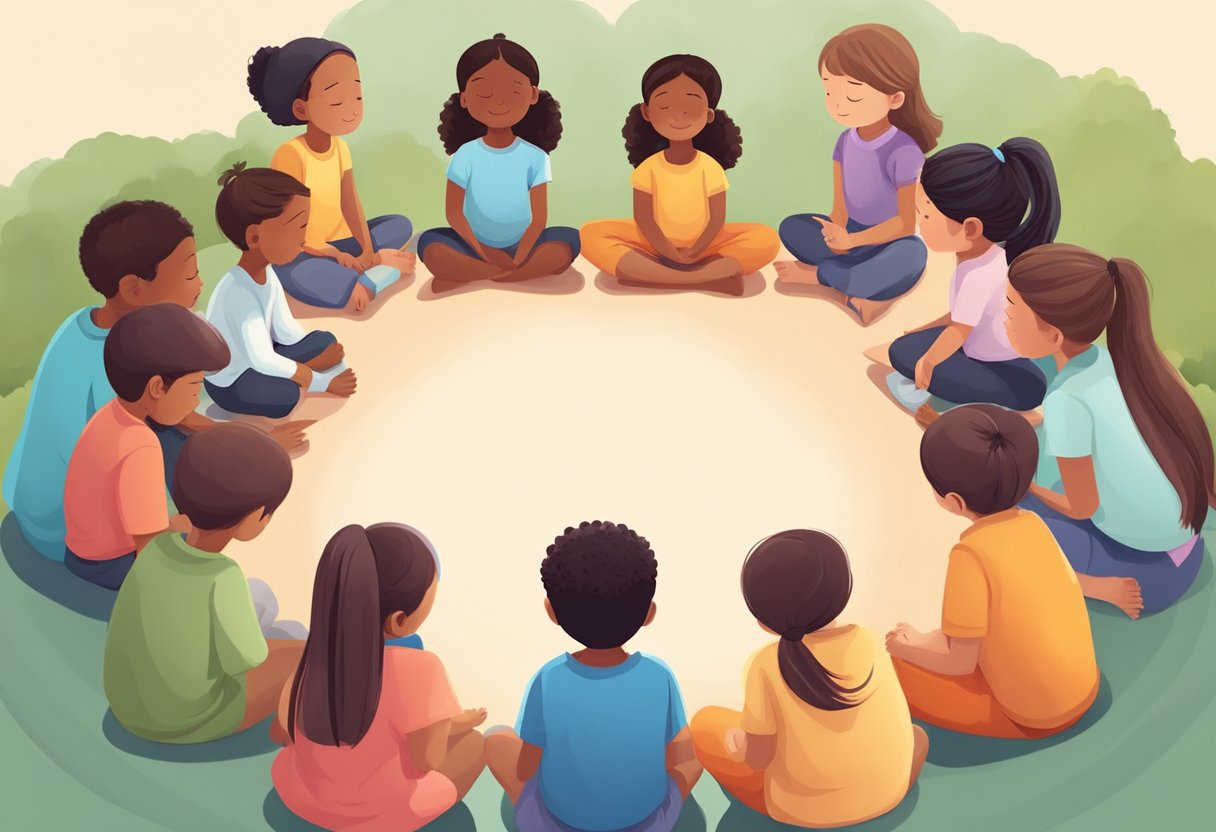Positive parenting is a popular approach to raising children that focuses on building strong relationships and fostering a child’s self-esteem and confidence. While there are many books and articles on the subject, podcasts have become a popular way for parents to learn about positive parenting techniques. In this article, we will explore some of the best positive parenting podcasts available today.
One of the benefits of listening to podcasts is that they can be easily integrated into a busy parent’s schedule. Whether you’re commuting to work or doing household chores, you can listen to a podcast and learn something new about positive parenting. Additionally, podcasts often feature interviews with experts in the field, providing listeners with valuable insights and advice.
If you’re interested in positive parenting, there are many podcasts to choose from. Some focus on specific age groups or parenting challenges, while others provide a more general overview of positive parenting principles. By listening to a variety of podcasts, you can gain a deeper understanding of positive parenting and find the strategies that work best for you and your family.
Top Rated Positive Parenting Podcasts
Positive parenting is a popular parenting approach that emphasizes building strong relationships between parents and children. It focuses on positive communication, mutual respect, and understanding between parents and children. If you are looking for some great resources to learn more about positive parenting, here are some of the top-rated positive parenting podcasts that you should check out:
1. The Parenting Junkie
The Parenting Junkie is a popular podcast hosted by Avital Schreiber-Levy, a mother of three and a parenting coach. She shares her personal experiences and practical advice on how to become a more mindful and intentional parent. The podcast covers a wide range of topics, including positive discipline, sibling rivalry, and screen time.
2. Respectful Parenting: Janet Lansbury Unruffled
Janet Lansbury is a well-known parenting expert and author who has been advocating for respectful parenting for over 20 years. Her podcast, Janet Lansbury Unruffled, offers practical advice and support for parents who want to raise confident, independent, and emotionally healthy children. The podcast covers a variety of topics, including toddler tantrums, sibling conflicts, and setting boundaries.
3. The Positive Parenting Podcast
The Positive Parenting Podcast is hosted by Dr. Laura Markham, a clinical psychologist and parenting expert. The podcast offers practical advice and strategies for parents who want to raise happy, confident, and resilient children. Dr. Markham covers a wide range of topics, including positive discipline, emotional regulation, and building strong parent-child relationships.
4. Simple Families
Simple Families is a podcast hosted by Denaye Barahona, a mother of two and a family wellness coach. The podcast offers practical tips and advice for simplifying family life and creating a more peaceful and intentional home environment. The podcast covers a variety of topics, including decluttering, meal planning, and screen time.
These are just a few of the top-rated positive parenting podcasts that you can listen to for practical advice and support on your parenting journey.
Diverse Perspectives in Parenting Podcasts
There are many different types of families, and parenting can look different depending on a variety of factors. In this section, we’ll highlight some parenting podcasts that offer diverse perspectives for different types of families.
For Single Parents
Parenting can be challenging, and it can be especially difficult for single parents who are doing it all on their own. The following podcasts offer support and advice for single parents:
- Solo Parent Life: This podcast is hosted by Dr. Robbin Rockett, a single mom herself. She interviews other single parents and experts to provide insight and encouragement for those parenting alone.
- Single Parent Podcast: This podcast is hosted by Dr. Sarah Williams, a psychologist and single mom. She provides practical tips and strategies for single parents to help them navigate the challenges of raising children alone.
For Blended Families
Blended families can come with their unique challenges. The following podcasts offer advice and support for families that have come together through remarriage or adoption:
- The Family Blend: This podcast is hosted by Mike and Tanisha Mathis, a blended family. They offer advice and encouragement for other blended families, as well as interviews with other blended families and experts.
- Adopting and Fostering Home: This podcast is hosted by Lynette Ezell and Tera Melber, both adoptive and foster moms. They offer support and resources for families who are considering adoption or fostering, as well as those who are already in the process.
Mindful Parenting Strategies
Parenting can be stressful, and it’s important to take care of yourself as well as your children. The following podcasts offer strategies for practicing mindfulness and reducing stress:
- Mindful Mama: This podcast is hosted by Hunter Clarke-Fields, a mindfulness mentor and mother of two. She offers tips and strategies for practicing mindfulness in everyday life, as well as interviews with other experts.
- The Calm Collective: This podcast is hosted by Cassandra Eldridge, a life coach and mindfulness teacher. She offers strategies for reducing stress and anxiety, as well as interviews with other experts in the field.
Practical Parenting Tips and Techniques
When it comes to raising children, every parent wants to do their best. However, it can be difficult to know where to turn for advice and guidance. Luckily, several positive parenting podcasts offer practical tips and techniques for parents.
Discipline Without Distress
One of the most challenging aspects of parenting is discipline. It can be tough to know the right way to discipline your child without causing distress. The “Discipline Without Distress” podcast offers practical advice for parents who want to discipline their children positively and effectively. Hosted by Judy Arnall, the podcast covers topics such as setting boundaries, consequences, and positive reinforcement.
Arnall emphasizes the importance of building a strong relationship with your child and using discipline as a way to teach, rather than punish. She also provides tips for dealing with challenging behavior and managing your own emotions as a parent.
Communication and Connection
Effective communication is key to building strong relationships with your children. The “Communication and Connection” podcast focuses on helping parents improve their communication skills with their children. Hosted by Bonnie Harris, the podcast covers topics such as active listening, empathy, and problem-solving.
Harris emphasizes the importance of connecting with your child on an emotional level and understanding their perspective. She provides practical tips for improving communication and building a strong relationship with your child.
Overall, these podcasts offer practical tips and techniques for parents who want to improve their parenting skills. By focusing on positive discipline and effective communication, parents can build strong relationships with their children and raise happy, healthy kids.
Support and Community Building
Positive parenting can be challenging, but finding a supportive community can make all the difference. These podcasts offer interviews with experts and parenting success stories to help build a strong community of like-minded parents.
Interviews with Experts
Many positive parenting podcasts offer interviews with experts in the field. These interviews can provide valuable insights and advice for parents looking to improve their parenting skills. The following podcasts offer interviews with experts in positive parenting:
- The Parenting Junkie – This podcast offers interviews with experts in positive parenting, including psychologists, educators, and parenting coaches. Listeners can gain valuable insights into topics such as discipline, communication, and building strong relationships with their children.
- The Longest Shortest Time – This podcast covers a wide range of parenting topics, including positive parenting. Listeners can hear from experts in the field, including psychologists and child development specialists, and gain valuable insights into topics such as empathy, communication, and building strong relationships with their children.
Parenting Success Stories
Positive parenting podcasts also offer parenting success stories. These stories can provide inspiration and motivation for parents who are looking to improve their parenting skills. The following podcasts offer parenting success stories:
- Happier with Gretchen Rubin – This podcast offers parenting success stories from real parents. Listeners can hear about the challenges and triumphs of other parents and gain inspiration for their parenting journey.
- Zen Parenting Radio – This podcast offers parenting success stories from a variety of parents, including single parents, blended families, and LGBTQ+ families. Listeners can gain valuable insights into topics such as communication, discipline, and building strong relationships with their children.
Overall, these podcasts offer valuable support and community building for parents looking to improve their positive parenting skills. With interviews from experts and parenting success stories, listeners can gain valuable insights and inspiration for their parenting journey.

